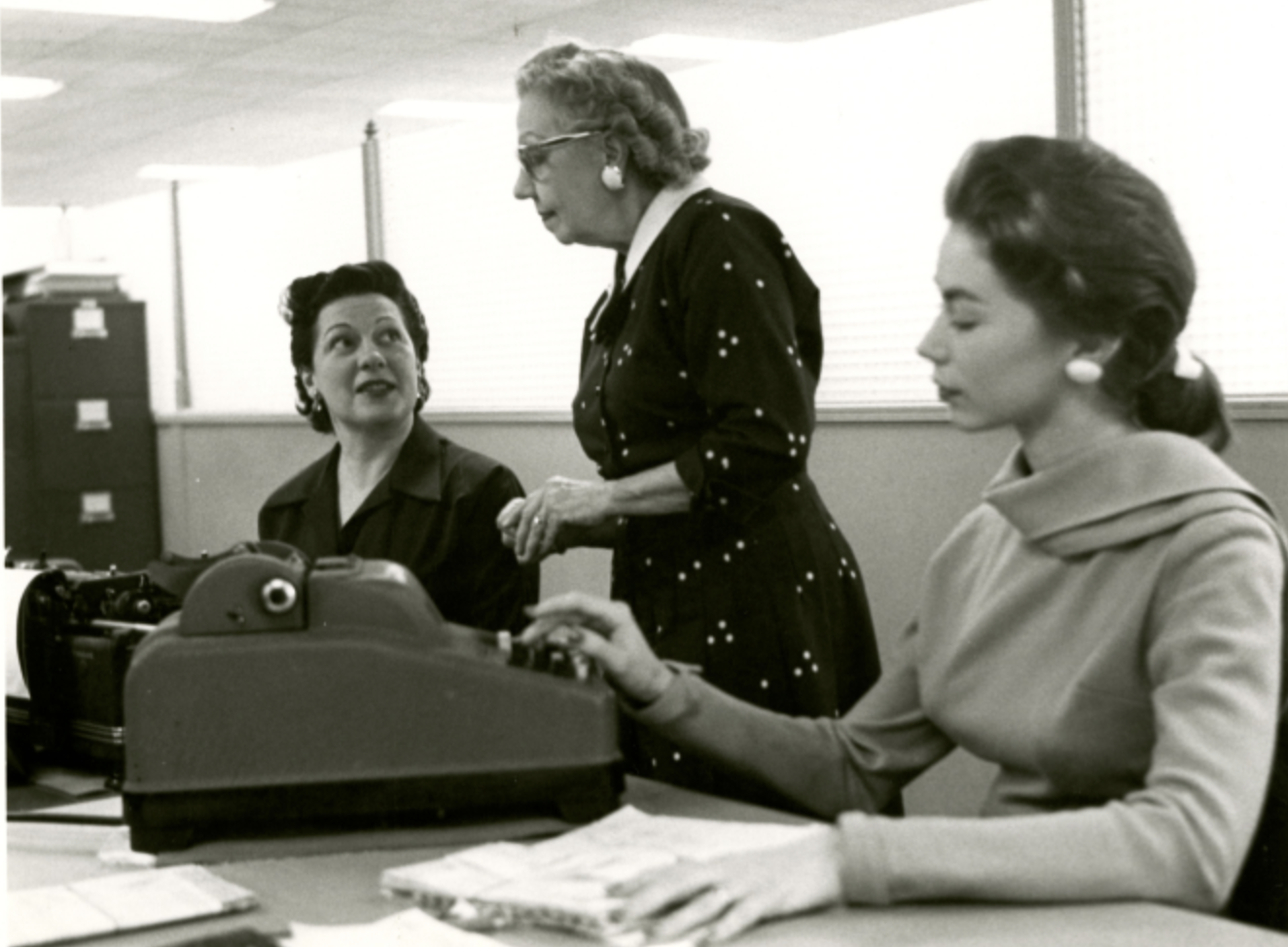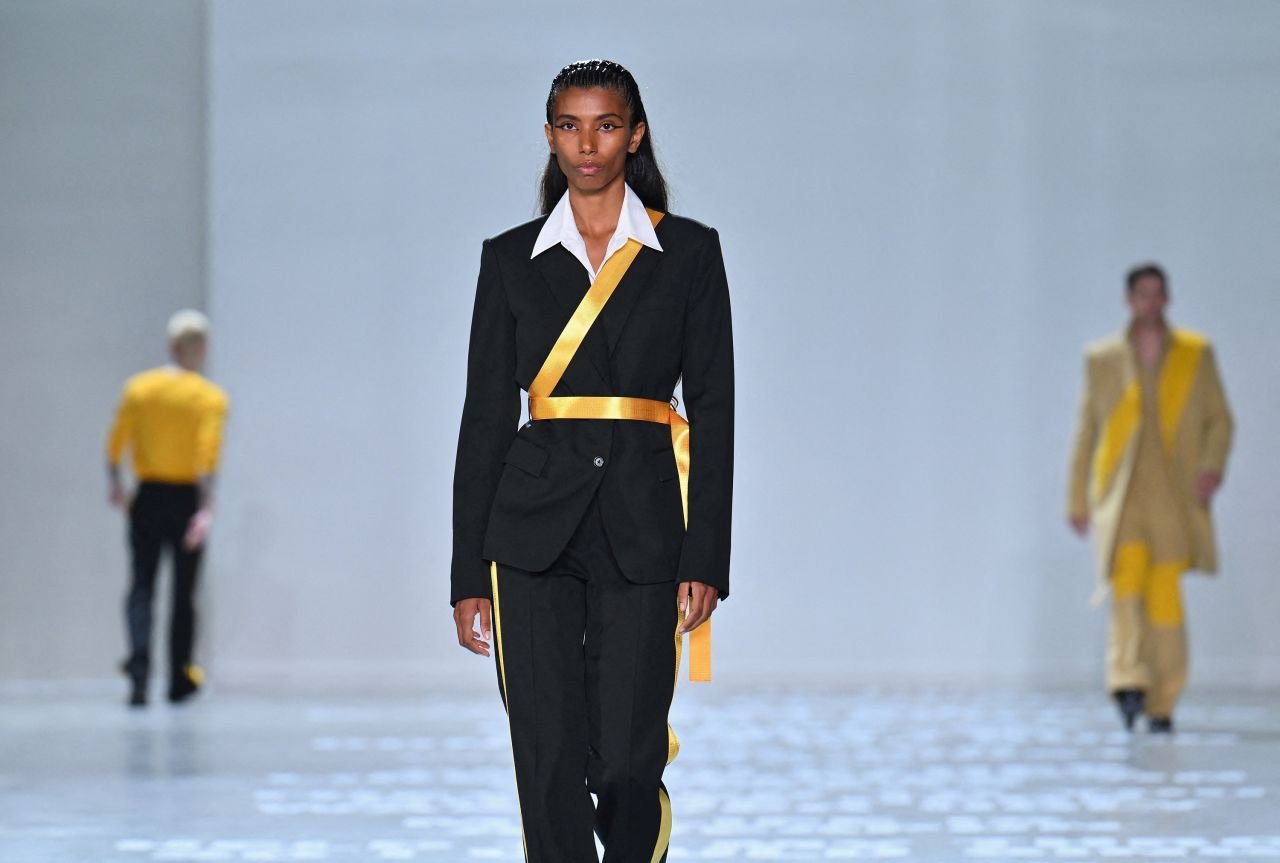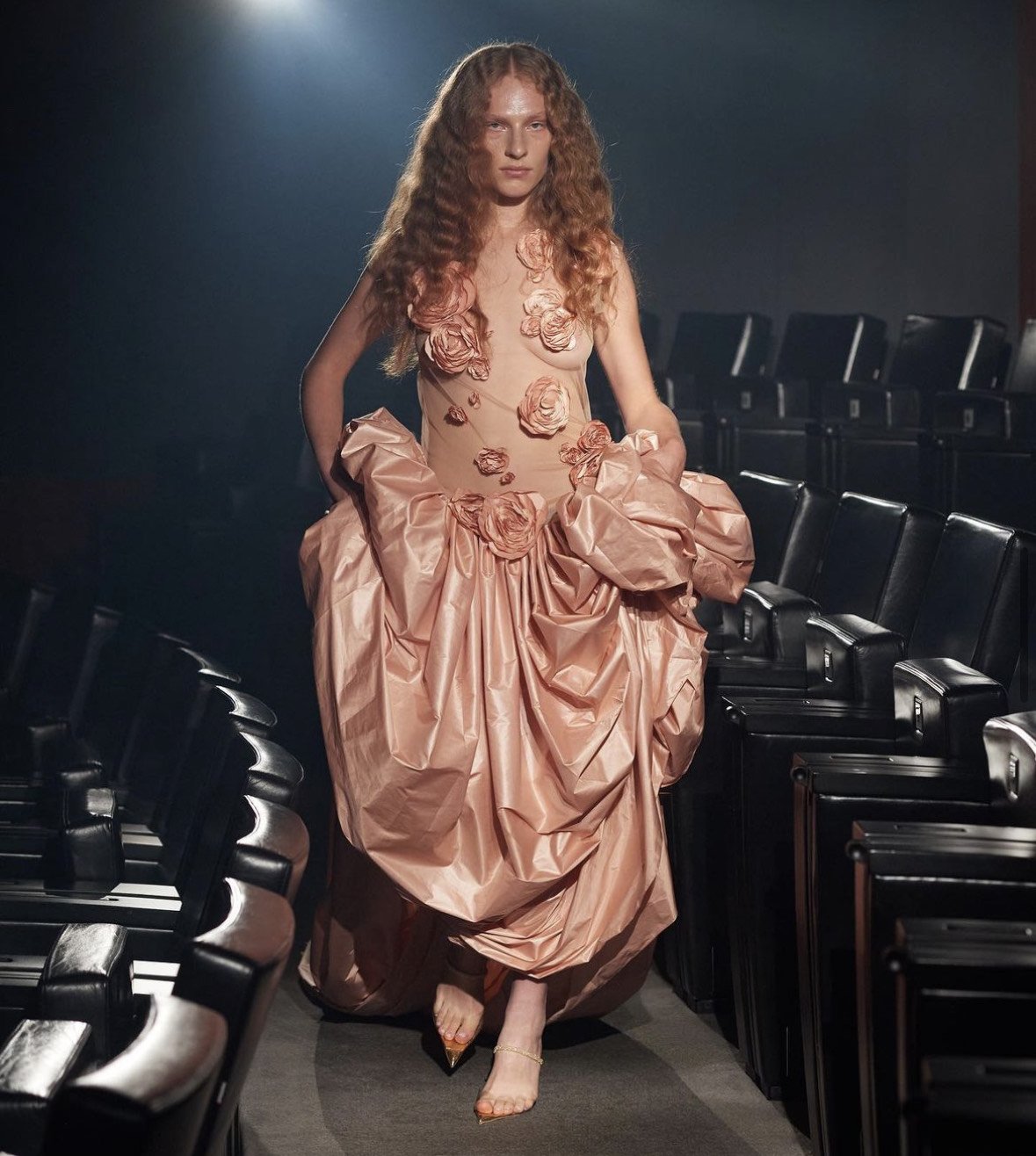How Can We Radicalise Our Consumption Of Fashion?
A couple of days ago I was speaking to my aunt and she told me about the idea of radicalising our attitude around fashion. “Lotta we must radically keep our clothes.” I found this an interesting call to action to shift the tide of the ever mounting pollution produced by the fashion and textiles industry.
To establish what I mean further let me start by centering the focus of this article on one problem; overconsumption from a consumer perspective. To make myself clear, all overconsumption is bad and especially overconsumption of fast fashion. However, I will not be villainising all consumption of fast fashion. Sustainable brands have a lot lacking in terms of size inclusivity or making them inaccessible to plus-sized people. Additionally, due to the fact that second-hand clothing has become largely inaccessible thanks to the rise of its value, fast fashion has become one of the only options for people from low-income households. While I want to digress into an essay about how large corporations have fuelled and funded this issue and the socio-political implications that has had, I believe I would be repeating facts stated by many climate activists and journalists alike.
So, I will focus on what I know as a textiles student. How can we shift our consumption patterns in order to relieve the environmental strain of the fashion and textiles industry?
The first and most obvious statement is to consume less. As a lover of fashion and as someone whose wardrobe is of a considerable size, I think that this is often easier said than done. It is very easy to fall into the sense that minimalism is the only answer when it is not. Developing your own style is my personal solution.
We are constantly bombarded with the way we should look. The fashion cycle is becoming shorter and shorter with the introduction of micro-trends, meaning objects having life spans of a couple of weeks, if that. This makes it very difficult to slow down and find what you enjoy, as well as setting up an unrealistic speed of consumption that produces even more waste. Allowing yourself distance from these trends and establishing cuts, colours and style you enjoy makes the whole process a lot easier. Additionally, finding your style means you start to buy pieces you will use for years, allowing you to consume a lot less. For me, my vintage 501 Levi’s are the perfect straight leg cut and high waisted and my pair have and continue to be a staple over the last few years.
This same pair of jeans have also seen quite a transformation while I have had them. Wear has led to holes and tears along the seams, so they have become a hodgepodge of patches and small repaired stitch work.
As the climate emergency keeps growing, we often find solace in the movement towards technology and that is no different in the world of fashion and textiles. Materials such as bioplastics have shown how a material can have a circular lifespan. While this is exciting and promising I think the history of mending has so much to offer us as a resolution to the pollution. Techniques like darning, patchwork and stitch can be utilised to make clothes even more beautiful and personalised. Looking at the works of artists such as Celia Pym, who uses darning to reconstruct clothes, or Liza Smirniva, who uses stitch and splashes of colour to enhance “staple pieces“, highlight the power of mending as an artistic outlet. Collecting a visual library of embellished or mended clothing can act as great inspiration and allow you to effectively mend your clothes to your liking.
No one can be perfect and the root of the problem of fashion and textile pollution still lies in the hands of the owners of the fast fashion companies and politicians. However, if you have the privilege to consume more sustainably you should. Continue to protest, continue to educate yourself and in the wise words of my aunt, start to radically keep your clothes.








